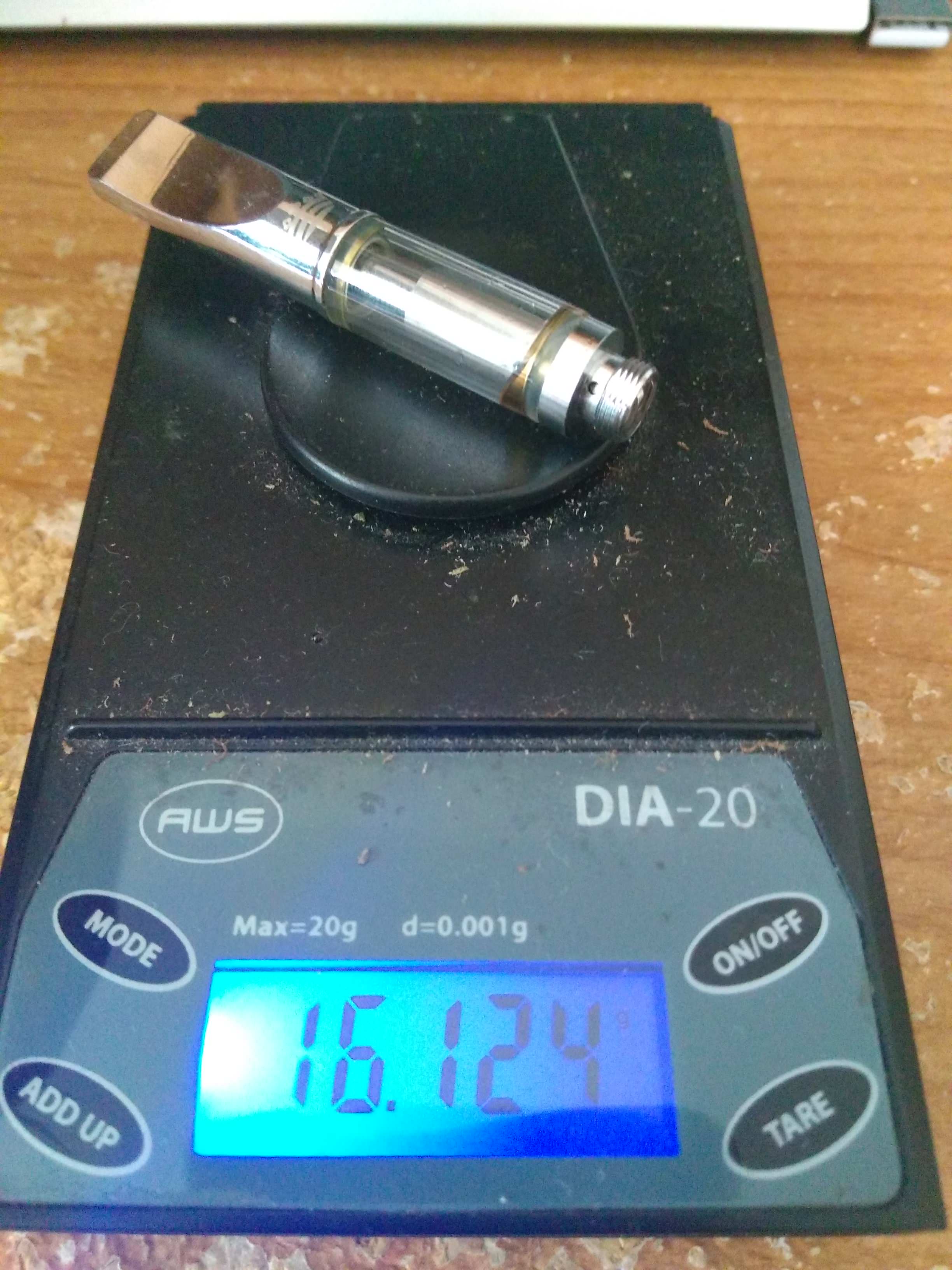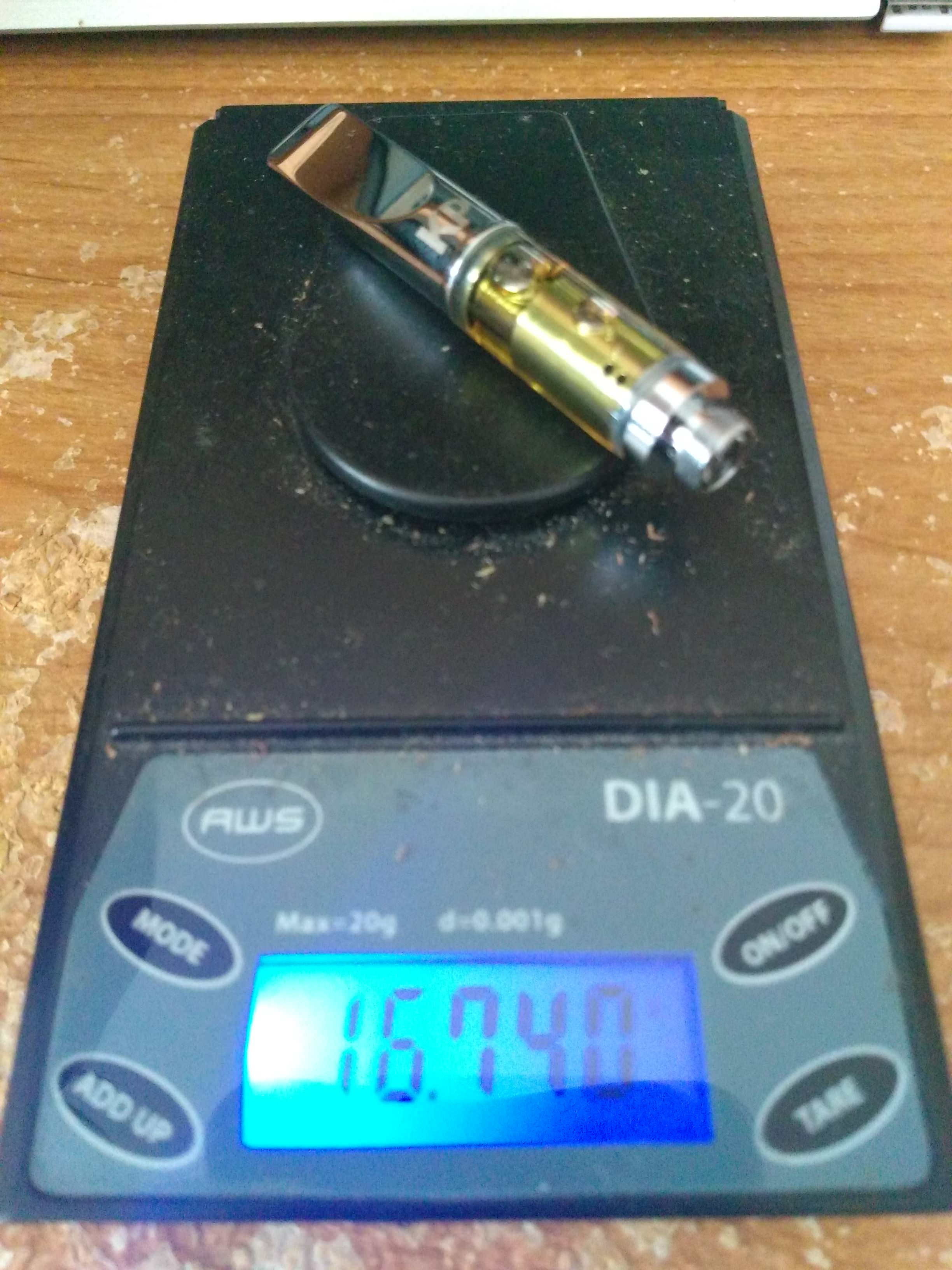herbivore21
Well-Known Member
So this is something that has bothered me for a while. Most retailers of concentrates seem to decide arbitrarily that 1ml as measured in a syringe that the concentrate is sold in is equal to 1 gram of the same.
Now this idea is based on the fact that 1ml of pure water at the right temp/barometry will weigh 1g.
However, being that grams are a measure of mass, whereas mls are a measure of volume, the relationship between the two is not constant for all substances, only water, and only in the right conditions.
I'd really love to get some volunteers that live in places where they can go to a dispensary to buy a 1ml or .5ml syringe (whatever volume really), take note of the volume and squeeze the entire contents onto a scale. Let's get an idea of what amounts are being passed off as grams because of this oversight on the part of most of the industry
Please do join in and post below if you would like to take part.
I think we should keep these reports consistent, so please identify the nominal mass and volume (how many grams advertised on the label, how many mls in the syringe) and the actual mass (weight in grams/mg) and the state where you bought it. If you like, you can identify the product/dispensary/extract artist, but if you prefer not to disclose this, I understand!
Looking forward to seeing what we learn here! Thanks in advance for all volunteers
Thanks in advance for all volunteers 
Now this idea is based on the fact that 1ml of pure water at the right temp/barometry will weigh 1g.
However, being that grams are a measure of mass, whereas mls are a measure of volume, the relationship between the two is not constant for all substances, only water, and only in the right conditions.
I'd really love to get some volunteers that live in places where they can go to a dispensary to buy a 1ml or .5ml syringe (whatever volume really), take note of the volume and squeeze the entire contents onto a scale. Let's get an idea of what amounts are being passed off as grams because of this oversight on the part of most of the industry

Please do join in and post below if you would like to take part.
I think we should keep these reports consistent, so please identify the nominal mass and volume (how many grams advertised on the label, how many mls in the syringe) and the actual mass (weight in grams/mg) and the state where you bought it. If you like, you can identify the product/dispensary/extract artist, but if you prefer not to disclose this, I understand!
Looking forward to seeing what we learn here!
 Thanks in advance for all volunteers
Thanks in advance for all volunteers 





